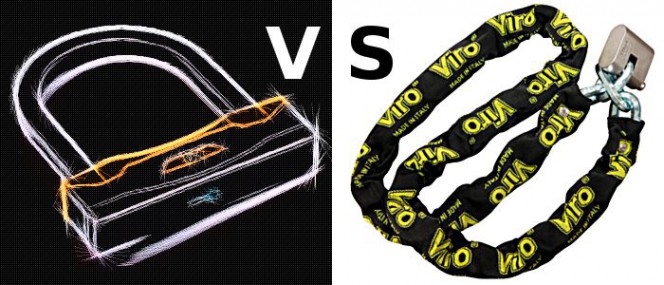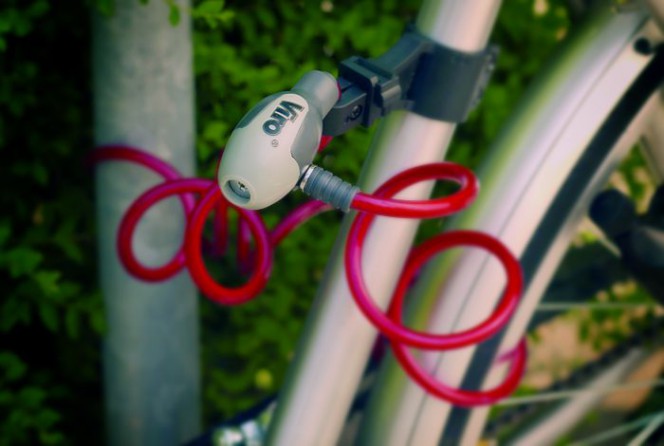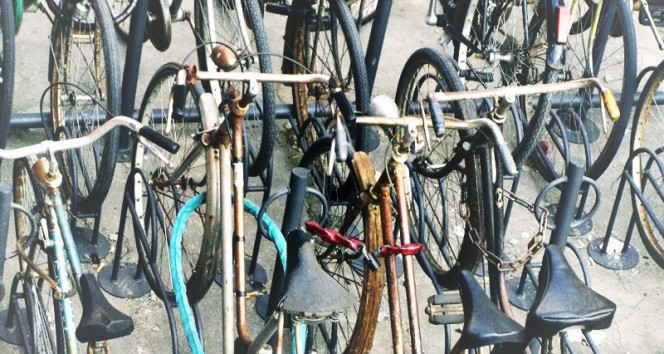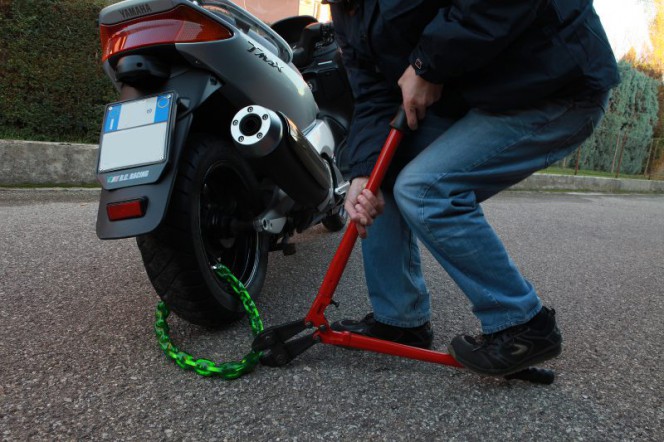This is a question that many people ask. The U-lock appears to be stronger and more resistant than a chain. So is it more secure? Actually, a padlock and chain is an altogether better solution. Let’s see why. Continue reading


This is a question that many people ask. The U-lock appears to be stronger and more resistant than a chain. So is it more secure? Actually, a padlock and chain is an altogether better solution. Let’s see why. Continue reading

Twisted cables are widely used, especially to tie up bicycles because they are cheap, light and easy to use. They have several advantages, but also some aspects that you need to be aware of. Continue reading

During the rush hour in town centres one can often see young, fashionable and stylish professionals riding old and rusty bicycles. They would probably be much happier using better bicycles, but in this way they hope to avoid one of the more annoying scourges to afflict urban cyclists: bicycle theft. It is a risk which tends to become even more of a certainty if one is forced to leave the bicycle parked for long periods of time, maybe even at night, in high-risk locations, such as in public streets and at railway or bus stations. For this reason, if there is no other alternative, one is forced, against one’s will, to use a low-cost bike. The hope is that the thieves would be attracted to something more valuable. The truth is that if they were still to steal the bicycle the financial loss would not too great. Continue reading

The main precaution to be taken when using twisted cable locks and chains to tie up bicycles and motorcycles is to position them so that they are kept off the ground. By doing so hinders attempts to cut with them with cutters and shears. If the cable or the chain touches the ground, it is possible to rest the head and an arm of the cutters on the ground, thereby loading the entire weight and force on the other arm of the tool. This takes advantage of the leverage effect, and imparts a much higher force than could be developed by simply squeezing together the arms of the tool with both hands. Continue reading